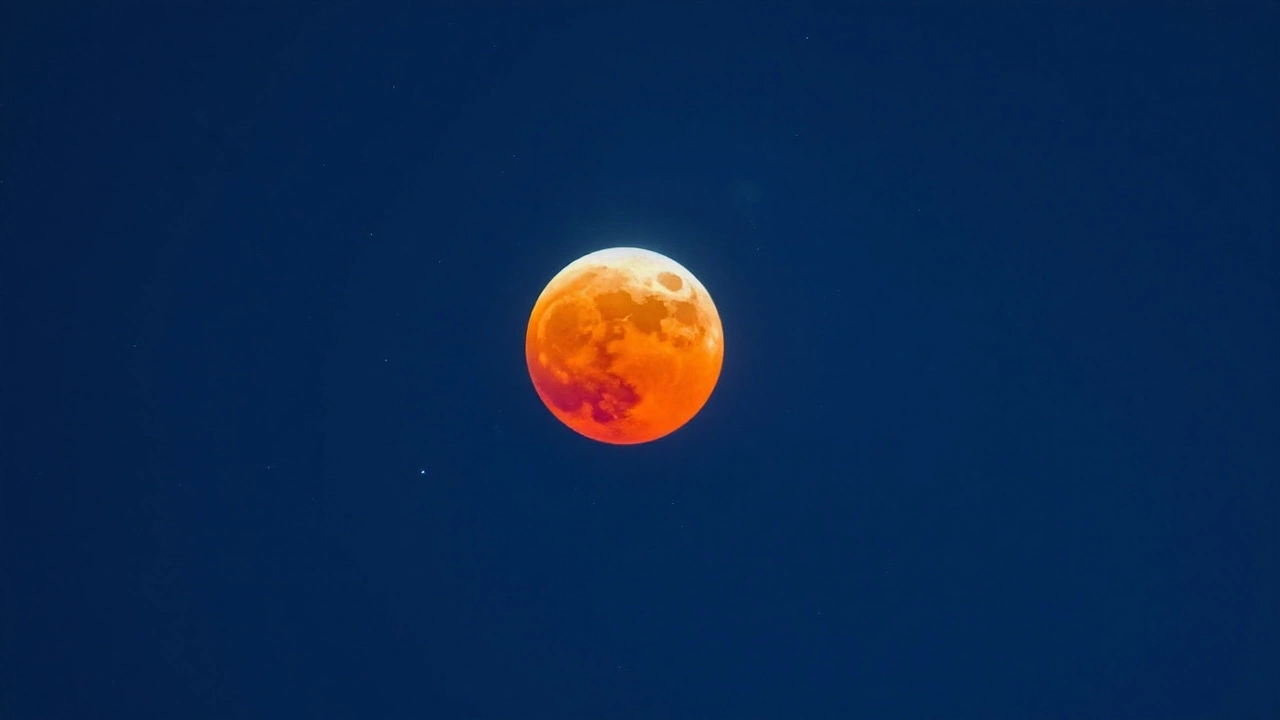
Blood Moon: What It Is and Why It Captivates Us
Ever glanced up on a night when the moon looked reddish and wondered what was going on? That glow is called a blood moon, and it’s just a special kind of lunar eclipse. It’s not a myth or a sign – it’s science, and it’s pretty cool to watch.
How a Blood Moon Happens
First, picture the Earth, the Sun, and the Moon lining up. When Earth gets between the Sun and the Moon, it throws a shadow over the moon’s surface. That shadow has two parts: the dark inner core (the umbra) and a lighter outer ring (the penumbra). If the moon passes through the umbra, the sunlight that does reach it has to travel through Earth’s atmosphere first.
Our atmosphere scatters blue light more than red. That means the light that finally bends around Earth and hits the moon is rich in red tones. The result? A coppery, blood‑red lunar disc that lasts a few hours.
What to Watch For When a Blood Moon Appears
Timing matters. A total lunar eclipse, the kind that creates a blood moon, can last up to an hour and a half at the peak. The whole event, from the first penumbral shading to the final brightening, can stretch over three hours. Check an astronomy calendar or a weather app to know when it starts in your area.
Find a dark spot away from streetlights. Even a modest park can work if you turn off any flashlights. Bring a blanket, maybe a hot drink, and settle in. No special equipment is needed – the naked eye can see the color shift. If you have binoculars or a small telescope, you’ll notice the details more clearly, but the effect is still striking without them.
Take note of the moon’s position in the sky. Early in the night it may rise low, making the horizon look hazy. As it climbs, the view clears up and the red tone often deepens. Many people report that the color changes a bit as the eclipse goes on – from a bright copper to a darker, almost black red.
Photography fans, here’s a quick tip: set your camera to a low ISO, a medium aperture (around f/5.6), and a shutter speed of a few seconds. A tripod keeps the shot steady. You won’t need a fancy lens – even a simple kit lens captures the drama.
Beyond the visual, a blood moon can spark curiosity about space. It shows how Earth’s atmosphere works as a filter, protecting life by blocking harmful rays while letting beautiful sights through. It also reminds us that the Sun, Earth, and Moon are in constant motion, following predictable paths that we can chart and anticipate.
If you miss the live event, don’t worry. Full‑moon photos from previous eclipses are often shared online, and you can watch time‑lapse videos that compress the whole night into a few minutes. Still, nothing beats watching the real thing, feeling the hush as the sky darkens, and seeing the moon turn red right before your eyes.
So next time a blood moon is listed on your calendar, grab a coat, step outside, and enjoy the show. It’s a free, awe‑inspiring reminder that our planet and its satellite are part of a bigger, moving picture. And who knows? You might end up sharing the experience with friends or family, turning a simple night into a memorable event.
